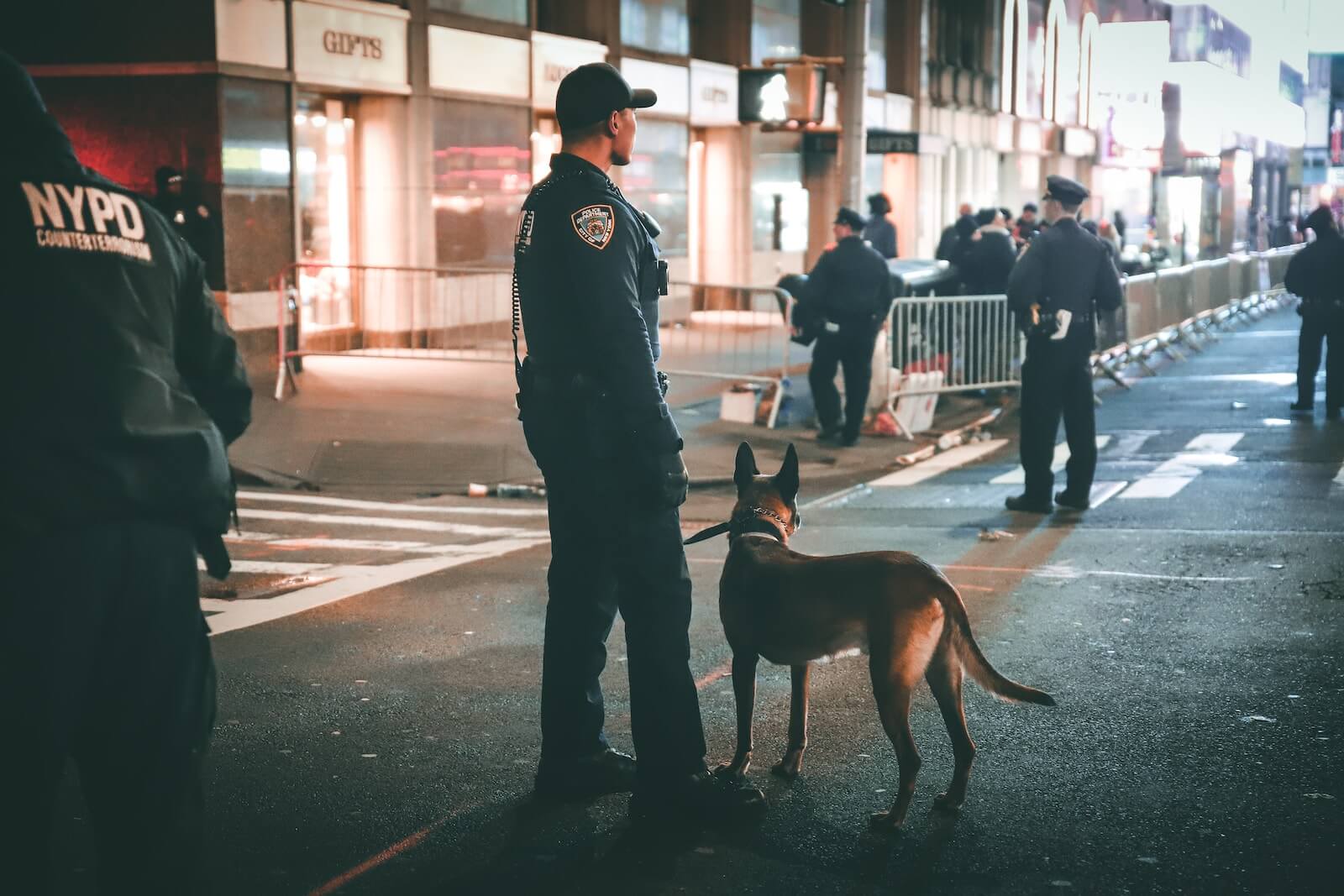HIROSHIMA, Japan — New parents and nightshift workers, rejoice! Researchers have unveiled the optimal nap strategy to combat fatigue during extended 16-hour overnight duties. This new insight can not only aid those pulling night shifts and students pulling all-nighters but also provide relief for sleep-deprived mothers and fathers.
The study suggests that two nap sessions – a 90-minute followed by a quick 30-minute nap later – are superior to a single 120-minute rest for delaying fatigue and sleepiness.
“A 90-minute nap to maintain long-term performance and a 30-minute nap to maintain lower fatigue levels and fast reactions, as a strategic combination of naps, can be valuable for early morning work efficiency and safety,” says study sole author Sanae Oriyama, a nursing science professor at Hiroshima University’s Graduate School of Biomedical and Health Sciences, in a university release.
Many professionals, especially in emergency sectors like health care, frequently work night shifts, putting them at a higher risk of sleep-related health issues and diminished performance. Our internal, light-sensitive clock promotes wakefulness during the day and pushes us toward sleep during the night, making napping a common strategy for night workers to adjust to these schedules.

In Japan, it’s common for nurses to be permitted a two-hour nap during 16-hour night shifts. Oriyama’s research delved into discerning the most effective nap routine to mitigate drowsiness and cognitive decline during such demanding work hours.
For the study, 41 women in their 20s underwent a simulated 16-hour night shift in a controlled environment, where various factors, such as light and temperature, were standardized. They were subjected to hourly tests, including the Uchida-Kraepelin test (UKT) for assessing task speed and accuracy, and measurements of drowsiness, fatigue, heart rate, and blood pressure.
Oriyama found that participants who took a single 120-minute nap suffered increased drowsiness from 4 a.m. onward. In contrast, those who opted for two naps – a 90-minute nap and a later 30-minute nap – postponed their drowsiness until 6 a.m. To further combat the drowsiness that peaks between 7 and 8 a.m., Oriyama recommends an added 30-minute nap around 5 or 6 a.m.
Despite all nap participants reporting fatigue between 4 and 9 a.m., the dual-nap group reported less intense fatigue.
“During a night shift that, for example, lasts from 4 p.m. to 9 a.m. the next morning, a split nap of 90 minutes and 30 minutes, ending at 12 a.m. and 3 a.m., respectively, is thought to be more effective than a 120-minute monophasic nap ending at 12 a.m. when tasks requiring quick responses to maintain a high level of safety are scheduled between 2 a.m. and 9 a.m.,” notes Oriyama.
The duration of a nap and the exact time it’s taken can significantly influence its effectiveness. Waking up before completing a 90-minute sleep cycle might intensify the grogginess felt upon waking. On the other hand, shorter naps of around 30 minutes have been shown to increase alertness and energy.
“The results of this study can be applied not only to night shift workers but also to minimize sleep deprivation fatigue in mothers raising infants,” says Oriyama.
The study is published in the journal Scientific Reports.
You might also be interested in:
- Quarter of Americans can’t get through work week without napping on company time
- Best Sleep Trackers: Top 5 Wearable Monitors Most Recommended By Experts
- Best Of The Best Bed Sheets: Top 5 Linen Sets Most Recommended By Experts

